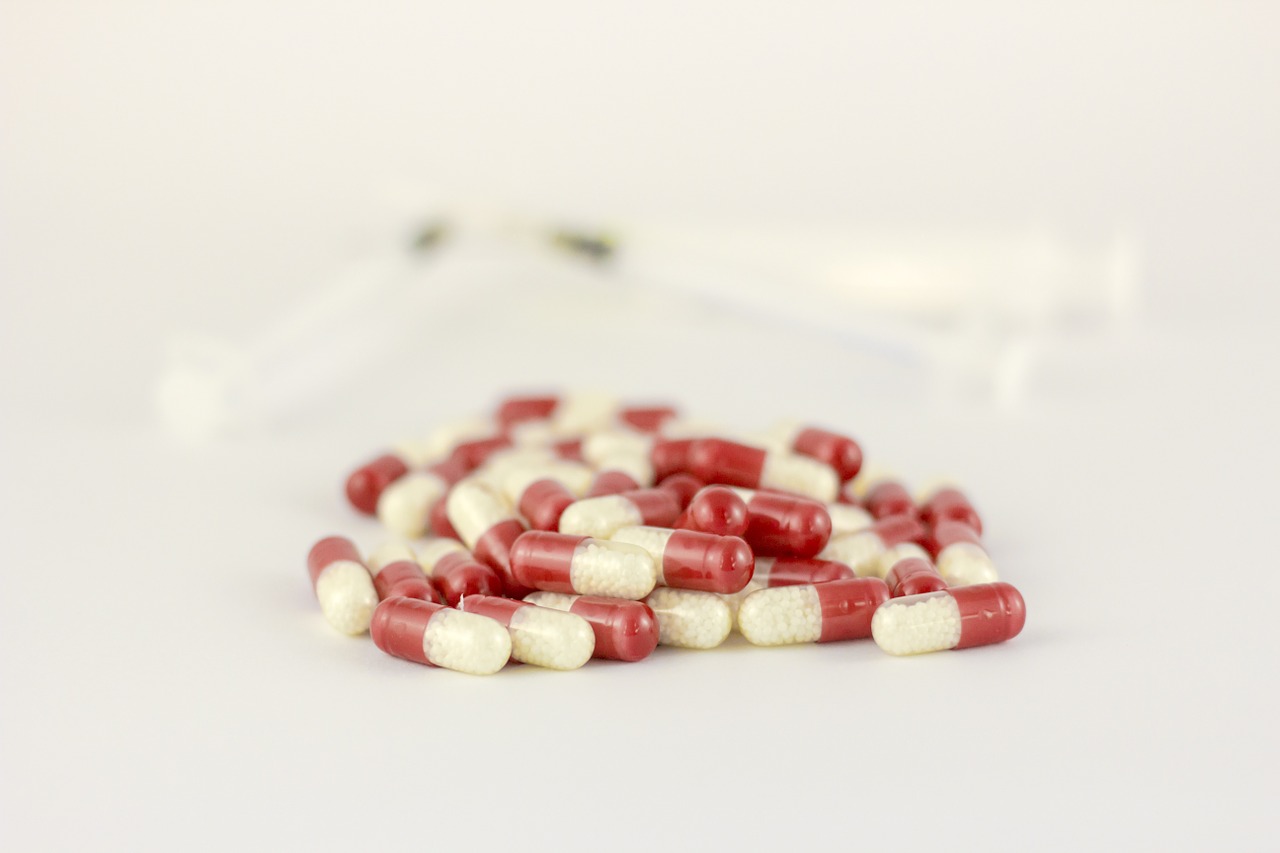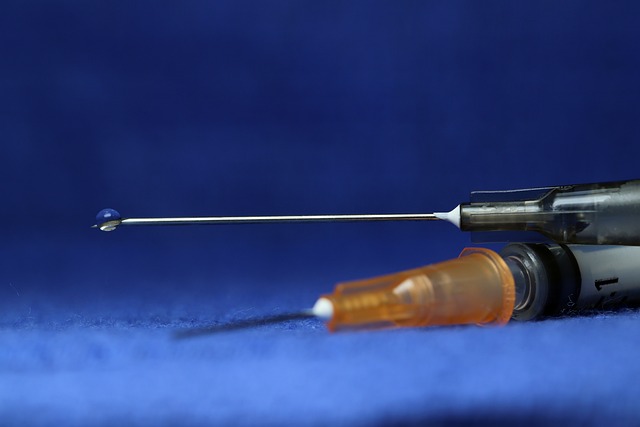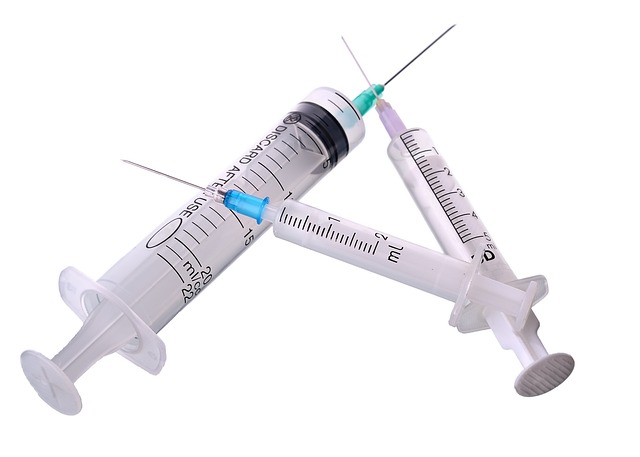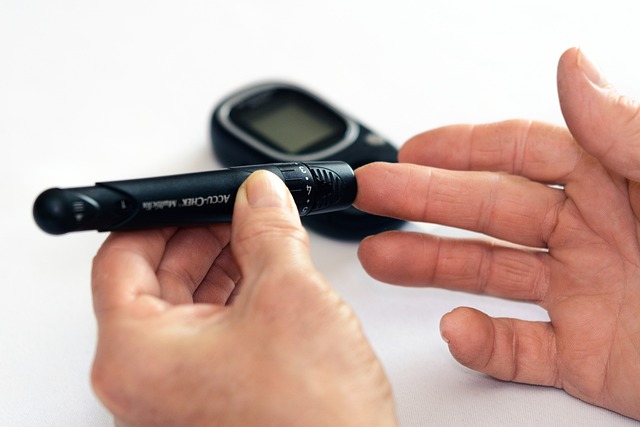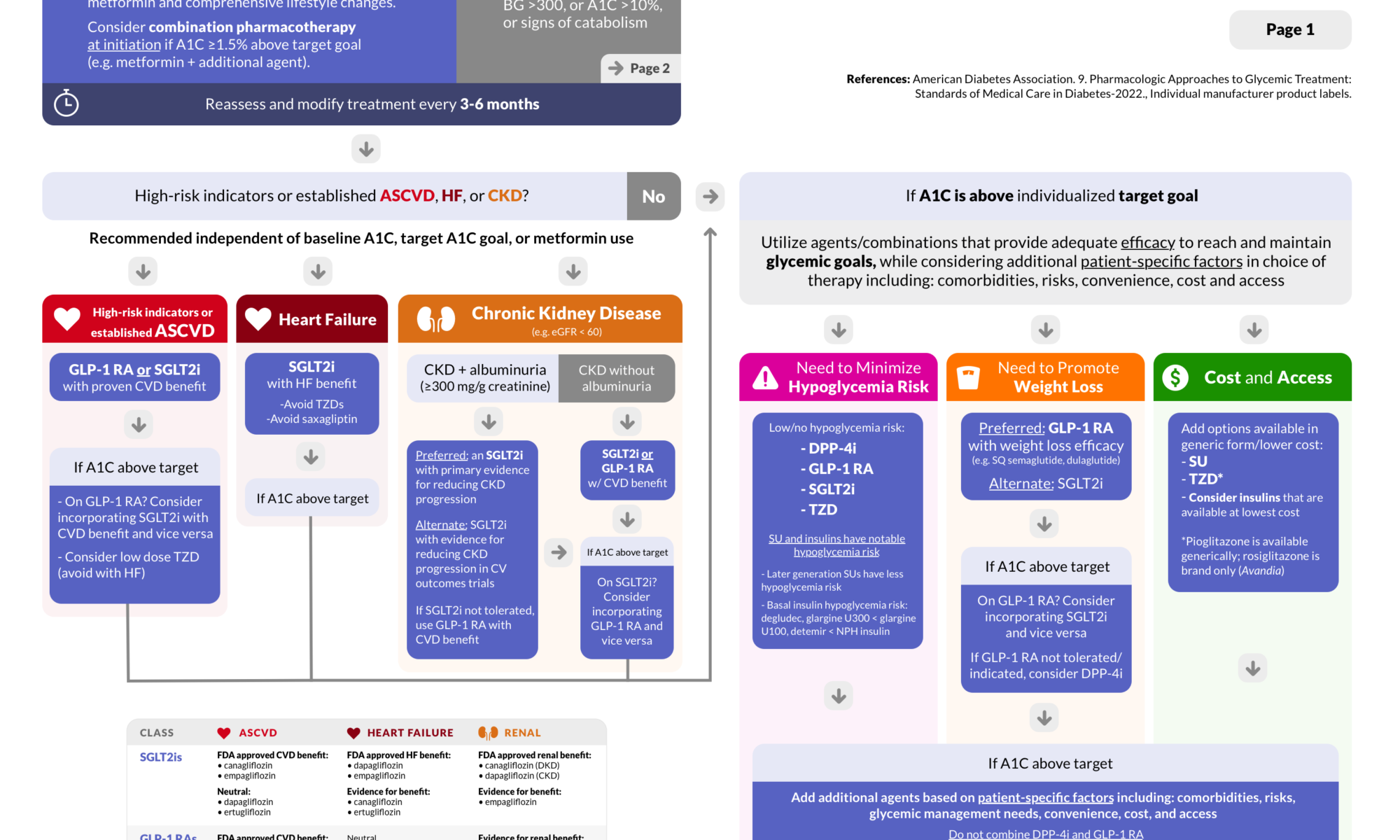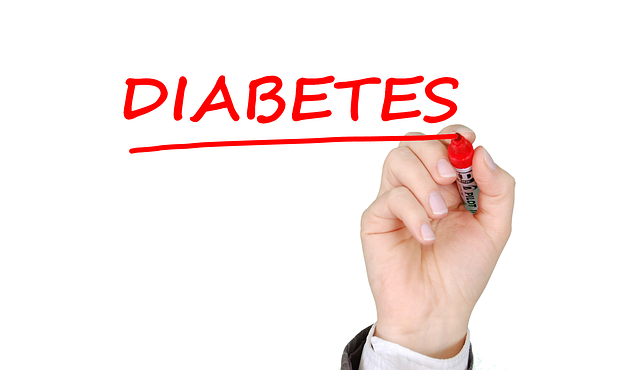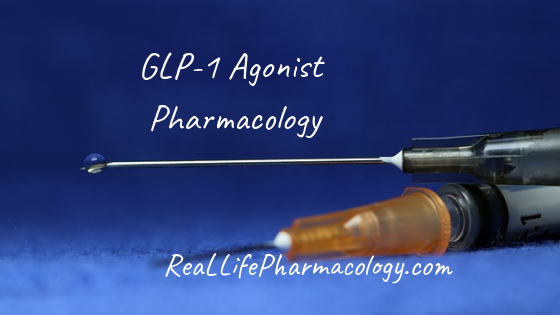Podcast: Play in new window | Download (Duration: 24:11 — 22.1MB) | Embed
On this podcast episode of the top 200 drugs, I’m covering liraglutide, folic acid, clotrimazole, empagliflozin, and semaglutide.
Liraglutide is a GLP-1 agonist that can be used for weight loss as well as diabetes. The most common adverse effect of this medication is nausea.
Folic acid is a commonly used supplement in pregnancy as well as in those patients taking methotrexate. Deficiency of folic acid can lead to anemia.
Clotrimazole is an antifungal agent. It is mostly used for topical purposes such as athlete’s foot and vaginal yeast infections.
Empagliflozin was originally developed as a diabetes medication but can be helpful in patients with heart failure and CKD. I discuss this in greater detail in the podcast.
Semaglutide is another GLP-1 agonist that is used for diabetes care as well as weight loss. The formulation used for diabetes is Ozempic while the weight loss product is Wegovy.
Be sure to check out our free Top 200 study guide – a 31 page PDF that is yours for FREE!
Support The Podcast and Check Out These Amazing Resources!
Meded101 Guide to Nursing Pharmacology (Amazon Highly Rated)
Guide to Drug Food Interactions (Amazon Best Seller)
